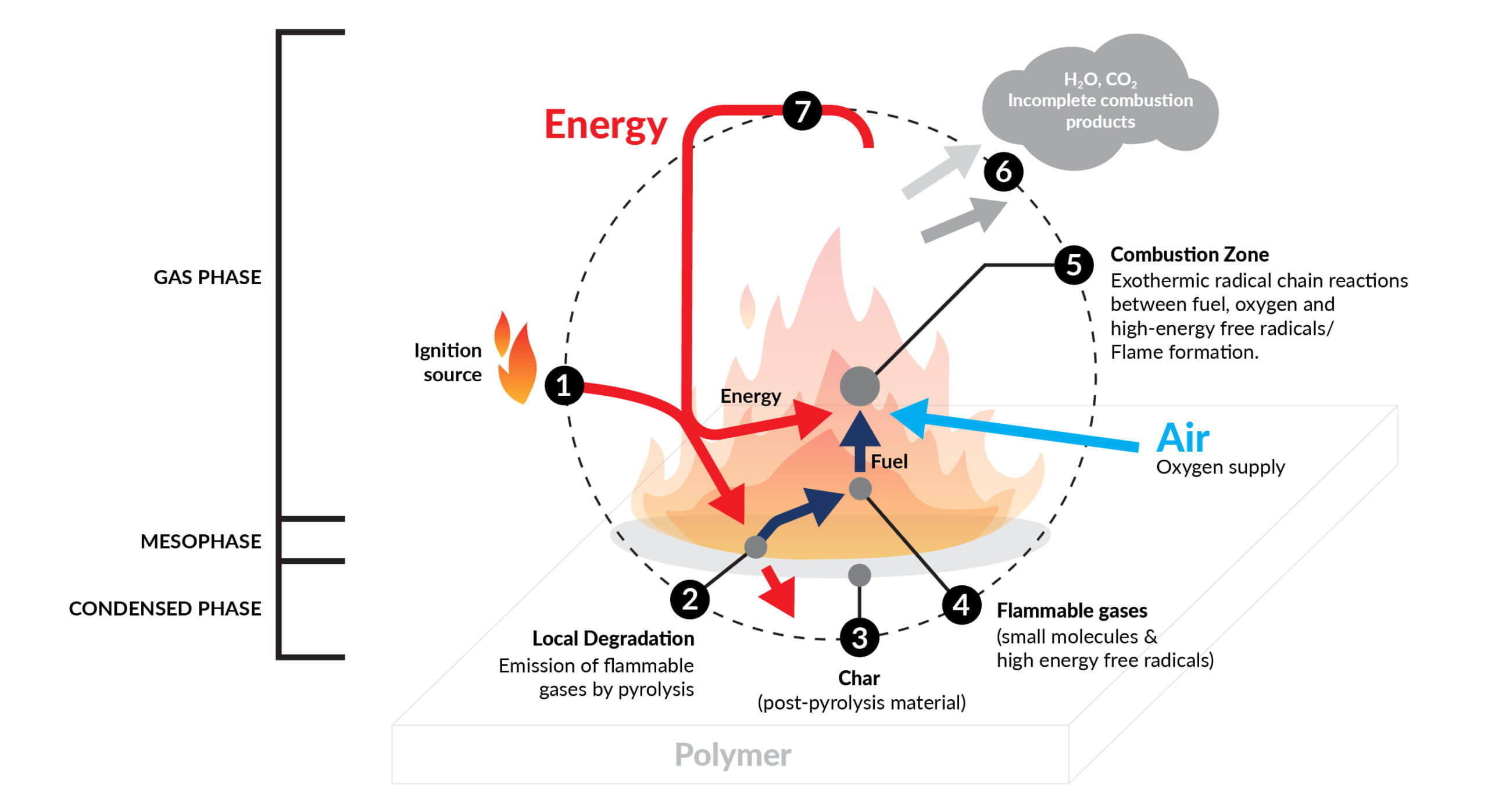Reduce Antimony Trioxide Loading by Up to 50% with Sidistar® Polymer Additives
Reading Time: 3 minutes
For years, manufacturers in a range of industries have been using antimony trioxide (ATO) to enhance the effectiveness of halogenated flame retardants. However, due to recent price increases and reduced supply from China, many companies are currently searching for alternatives to ATO.
One such alternative is Sidistar® polymer additives from Elkem Materials. Keep reading to learn about the benefits of using Sidistar products for your formulation.
Lower Production Costs
Sidistar can help lower production costs while attaining the same performance or better. You can replace up to 50% of ATO with Sidistar additives without any loss of flame retardant or physical properties.
Sidistar products offer a very high-cost savings potential due to both the lower purchase price (compared to ATO) as well as the lower density (5.2 for ATO and 2.2 for Sidistar).
For example, let’s say you need 100,000 lbs of antimony trioxide. If we assume ATO costs $5.00 per lb., you would spend $500,000 for 100% ATO (without Sidistar). However, if you were to replace 50% of the ATO with Sidistar at $1.80 per lb, you would only need to spend $350,000. That means you would save $150,000 on materials by adding Sidistar to your formulation.
How a Typical Halogenated Flame Retardant Polymer Burns
To understand how Sidistar can improve your flame retardant performance, let’s take a look at how typical halogenated flame retardants work to inhibit the spread of flames. There are three important processes:
1. The reaction in the gas phase:
The flame retardant interrupts the radical gas phase combustion process. This results in a cooling of the system, reducing and suppressing the supply of flammable gases.
2. The reaction in the mesophase:
This is the interface between the gas phase and the condensed phase during burning.
3. The reaction in the condensed phase:
In the solid phase, the flame retardant builds up a char layer, smothering the material and inhibiting the oxygen supply. This provides a barrier against the heat source or already ignited flame from another source. Sidistar products are often used to enhance char formation during this phase.
The graphic below illustrates the reactions occurring during all three phases.

Improved Dispersion and Char Formation with Sidistar
Compared to other nano-sized materials, Sidistar can easily be dispersed by standard equipment, such as twin-screw extruders or other kneaders down to primary particles. The nature of the product allows excellent dispersion down to the primary particles in the polymer matrix.
Another benefit of using Sidistar is that it improves char formation by making it stronger and tighter. When used in combination with other flame retardant additives, Sidistar products will strengthen the char and increase the efficiency of the additives. They can also reduce smoke development and burning droplets in vertical burning tests like the UL 94 test.

The char improvement can be explained by the particle packing theory. The voids between larger particles are being filled up by smaller particles, increasing the packing density and resulting in stronger char.
H.M. Royal offers high-quality Sidistar products to meet your flame retardant needs. Are you interested in seeing how much you could save by replacing up to 50% of ATO with Sidistar? We can use a cost calculator to calculate the potential savings for your specific formula. Contact an H.M. Royal expert today to learn more.
 (800) 257-9452
(800) 257-9452


